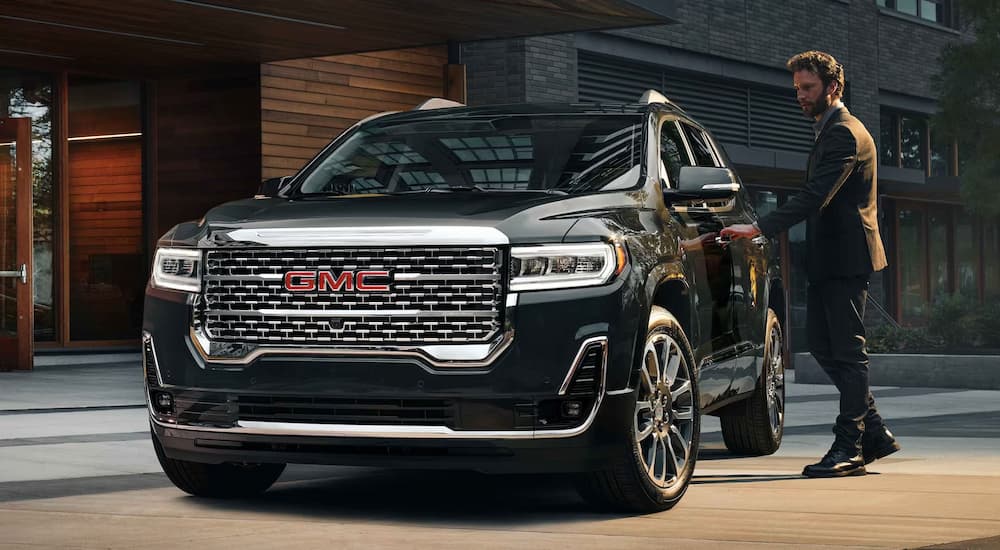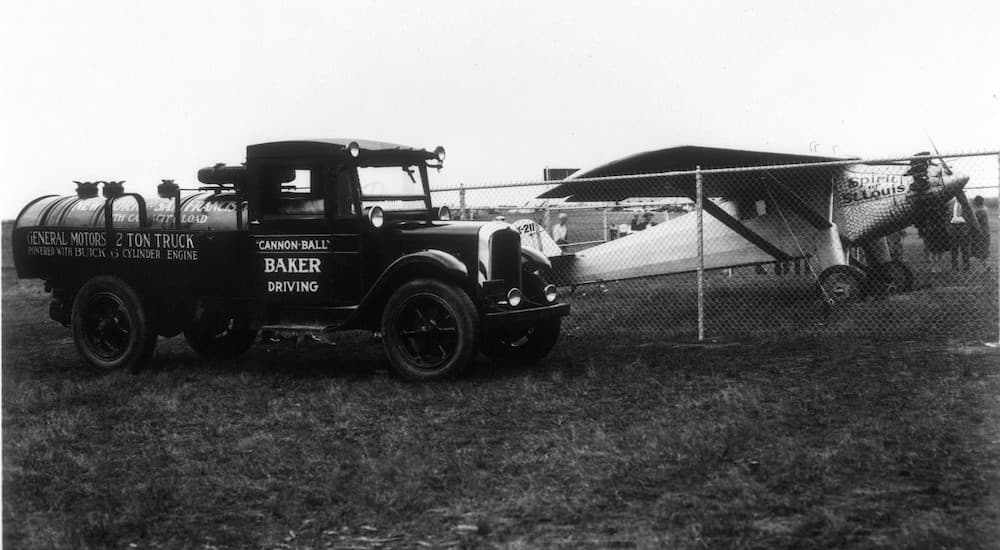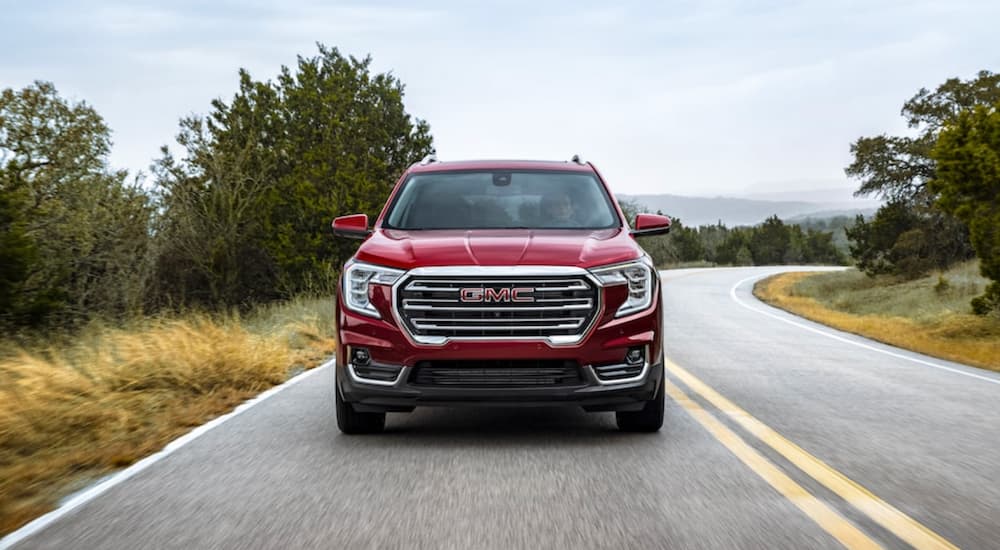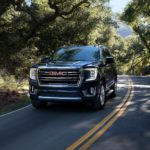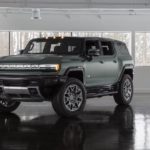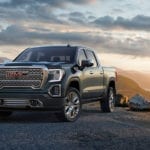To many people, GMC trucks appear to be nothing more than rebadged Chevy trucks. The Sierra is GMC’s Silverado, the Canyon their Colorado, the Yukon their Tahoe. That may be the case today (though many GMC owners insist that their trucks are quite different than their cousins at Chevrolet), but it wasn’t always this way.
Some may assume that General Motors created GMC to sell commercial vehicles, the acronym standing for “General Motors Commercial,” but that isn’t true, either. You would be surprised how often people type into their search engine: “Is there a difference between GM and GMC?” Surprisingly enough, it seems to occur more often than people looking for a local GMC dealer. We’re here to explain the difference between the two and their histories that are related to one another.
The Chicken or the Egg?
Like many philosophers and truth-seekers who have debated in various settings since that of Socrates and Plato, we begin with the ultimate question: Which came first? Many have debated whether the chicken or the egg came first, but the answer to whether it was GM or GMC that arrived on the scene first will be a lot easier to ascertain a definitive answer.
The answer is that GMC came first, not General Motors. The abbreviation for GMC that we know of today is General Motor Company. It is known as a subsidiary of GM, which itself stands for General Motors, which also owns Chevy, Buick, and Cadillac. That said, the lineage of GMC stretches back much farther than some of the other domestic manufacturers.
It all began back in 1900 with the foundation of the Grabowsky Motor Company, which is where the initials emanate from. In 1911, GMC was appropriated by GM and rechristened as the brand that we’re familiar with today. General Motors was founded in 1908 out of what was once the Durant-Dort Carriage Company, which was responsible for the manufacturing of horse-drawn carriages and was at one time the largest manufacturer of this product in the United States. GMC existed eight years earlier.
Answering the Call of Duty
Now that we’ve established how both brands came into existence and which one came first, it’s only natural that we look at some of the key events in its history. While we could drum up the specifications for the vehicles that would help establish both brands as a sacred institution of Americana, we have something much more important in mind. For this, we need to turn back the pages of history to two significant events that would forever shape the outcome of the 20th century. The events that we’re referring to are the First and Second World Wars, where the involvement of the United States would help turn the tide of the conflict and secure an allied victory.
During both conflicts, GMC played a pivotal role in supplying trucks to the Allied war effort, with GMC manufacturing over 600,000 during World War II and over 8,000 during the two years of American involvement in World War I (1917-18). Many of the key figures who were a part of GM during this time period served very important roles in not just production, but also the administration of policy. William S. Knudson, a GM executive, would head wartime production under Franklin Delano Roosevelt, and would oversee GM’s choice to utilize all of their resources for the production of war materials. Charles Erwin Wilson would get quite a promotion when he went from President of GM to Secretary of Defense under President Dwight D. Eisenhower.
The Post-War Boom
Following the tumultuous period of war, GM and GMC both played important roles during the economic boom in the subsequent years that followed. With many men returning home from overseas to resume their role in manufacturing and other blue-collar jobs, both companies resumed manufacturing vehicles for the average American consumer. GMC, who had begun sharing an identical platform with Chevy in the 1920s, resumed its role as one of the leading manufacturers of pickup trucks. With the expansion of the national highway system and the further development of infrastructure from coast to coast, GMC secured its rightful place in history as one of the institutions that helped build America.
During the same time period, as GMC continued to become the standard-bearer of the working world, GM propelled itself into the realm of high performance. Chevy made a name for themselves as the purveyor of several models that would be integral to the development of the muscle car, including the Corvette, Camaro, Nova, and Chevelle. None of these names require a detailed explanation, as they all became fixtures of the blacktop and repeat visitors to the finish line. GMC, however, focused exclusively on trucks.
Innovation and Development
When one looks at the American automotive industry, there have been many hardships and a growing necessity to adapt to new trends and practices. With the combination of a worldwide energy crisis and the further restrictions on emissions introduced by the EPA, many of the domestic manufacturers were under pressure to make changes. By the 1980s, a new breed of vehicles began to emerge from Detroit, some of which are still in production today, as well as their successors who have continued on the traditions of old. GMC would produce vehicles such as the Sonoma, which would later transform into the present-day GMC Canyon, and the latter half of the decade would see the arrival of the Sierra, which is still in production today.
The trend away from traditional passenger cars and toward trucks and SUVs has brought GMC back into the mainstream. While they are still a strong supplier of commercial vehicles, increased demand for trucks and SUVs have made GMC’s products popular among the masses as well. This means bigger sales, not only for GMC itself, but also for GM dealers who do not sell the Chevrolet brand. Cadillac and Buick dealers can offer high-end Sierra and Yukon models whose luxury now rivals that of their dedicated luxury brands. This, more than anything, is why the GMC brand still exists today, despite its similarity to Chevy trucks.
As for GM, the past few years have seen a new dedication to innovation and change, with the introduction of more SUVs and hybrid options that reflect the overriding dedication on the part of the entire industry to be more ecologically responsible and lower the carbon footprint left by the industry on a yearly basis. While the future of both GM and GMC remains unwritten, history tends to repeat itself, and the roads both entities helped pave will continue to be traveled.
A Legacy and Lineage That Continues to Be Written
Much has changed since the dawn of the 20th century, when the automotive industry had just begun its formative years, and the major manufacturers were in the process of refining their skills in offering consumers the very best vehicles, both in terms of quality and longevity. While the differences between GMC and GM are certainly notable, their history and current position in the industry are forever intertwined with one another. We assume that they always will be. While the peaks and valleys of the timeline are always unpredictable, there’s one thing we can take away from the contributions from both GM and GMC. Things would never be the way they are now if not for their contributions.
